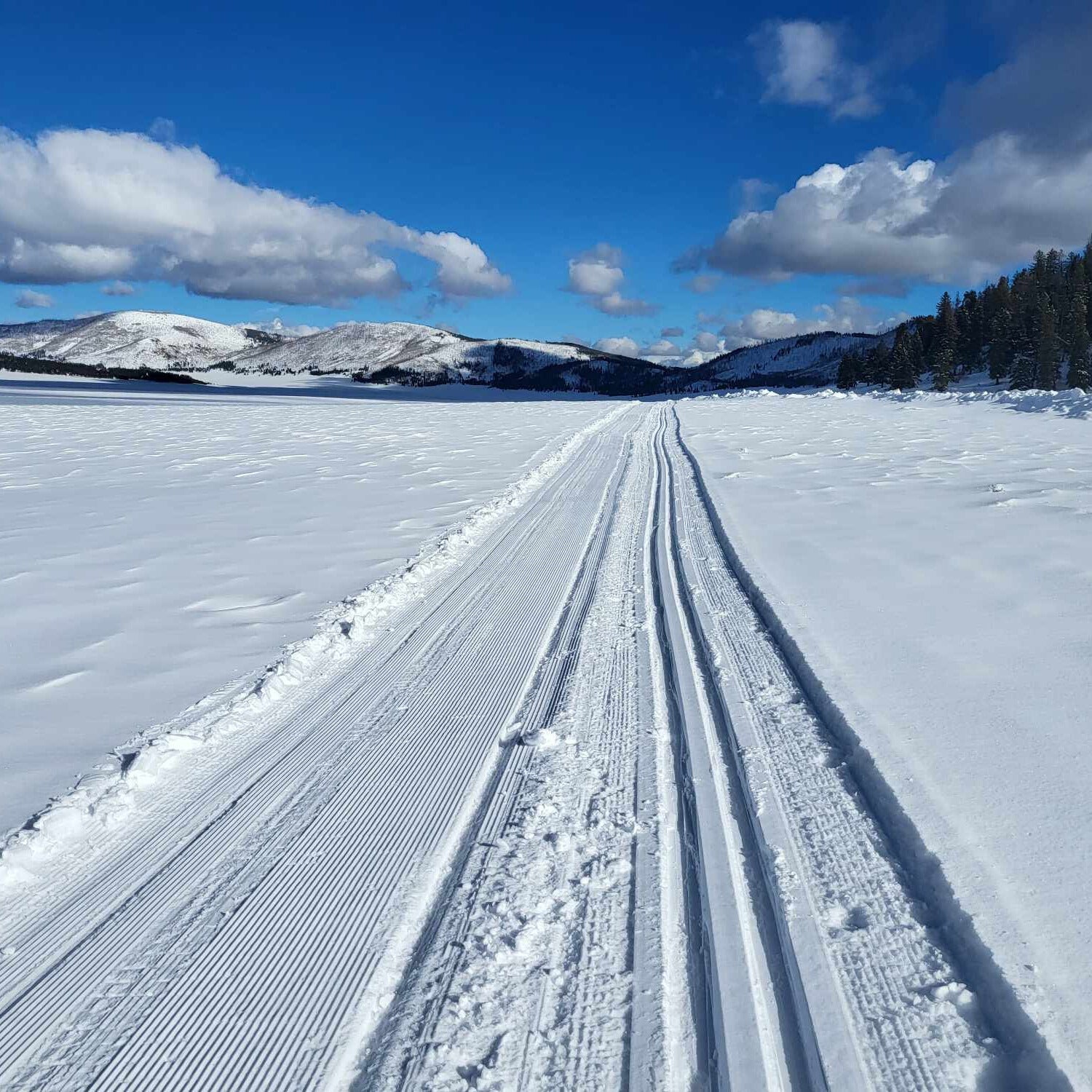Your Cart is Empty
accepting gear drop offs Mon-Sat 10am-5pm. No Consignment acceptance on Sundays.
accepting gear drop offs Mon-Sat 10am-5pm. No Consignment acceptance on Sundays.

And how much is too much?
One of the most crucial factors in selecting a mountain bike is determining how much travel you need. "Travel" is the amount of suspension movement a bike has, and it plays a significant role in how your bike handles terrain. Let’s look at this and how you can choose the best one for your riding style.
Mountain bike travel is categorized by the suspension's range of motion, measured in millimeters (mm). Travel can range from as little as 80mm to as much as 200mm.
Short travel mountain bikes typically feature 80-120mm of suspension travel. These bikes are often referred to as cross-country (XC) or trail bikes.
Cross-country riding emphasizes speed, efficiency, and climbing. XC bikes are lightweight and agile, making them ideal for racing and long-distance rides on less technical trails. The shorter travel provides sufficient cushioning for small bumps and rough patches while maintaining efficiency for pedaling and climbing.
Advantages:
Lightweight and efficient for climbing.
Faster acceleration and easier to handle on smooth trails.
Disadvantages:
Less capable on rough, technical terrains.
Limited comfort on aggressive descents.
Medium travel bikes, with 120-160mm of suspension, are versatile and well-suited for various riding styles. These bikes are often categorized as trail or all-mountain bikes.
Trail riding involves a mix of climbing and descending on moderately technical terrain. Trail bikes strike a balance between climbing efficiency and descent capability.
All-mountain riding is more demanding, involving rougher terrain and more technical descents.
Advantages:
Versatile, suitable for a wide range of terrains.
Better control and comfort on technical trails.
Capable of handling moderate jumps and drops.
Disadvantages:
Heavier and less efficient for long climbs compared to XC bikes.
Not as specialized for extreme downhill riding.
Long travel bikes feature 160-200mm of suspension travel and are designed for more aggressive and extreme riding styles.
Endurobikes are built to handle rough, technical descents while still being able to climb.
Downhill riding focuses exclusively on descending steep, technical, and challenging trails. Downhill bikes are heavy, robust, and designed to withstand the rigors of extreme terrain and high speeds.
Advantages:
Superior control and stability on steep, technical descents.
Capable of handling large jumps, drops, and rough terrains.
Designed for high-speed performance on downhill sections.
Disadvantages:
Heavier and less efficient for climbing.
Not suitable for long-distance or cross-country rides.
Selecting the appropriate mountain bike travel depends on your preferred riding style, the type of terrain you ride, and your skill level. Here are some key considerations:
Smooth, rolling terrain: Short travel (80-120mm) is ideal for less technical trails and cross-country riding.
Moderately technical terrain: Medium travel (120-160mm) suits trail and all-mountain riding, offering a good balance of climbing efficiency and descent capability.
Technical, rough terrain: Long travel (160-200mm) is best for enduro and downhill riding, providing superior control and stability on aggressive trails.
Speed and efficiency: If your goal is to cover long distances quickly and efficiently, a short travel bike is your best bet.
Versatility: For a balance of climbing and descending on varied terrain, a medium travel bike offers the best of both worlds.
Extreme descents: If you’re focused on tackling the most challenging downhill trails, a long travel bike will provide the necessary stability and control.
Beginner: Beginners might prefer the stability and confidence offered by medium travel bikes, which can handle a variety of terrains without being too specialized.
Intermediate: Intermediate riders can choose based on their specific riding preferences.
Advanced: Advanced riders often have a clear preference based on their riding style and can benefit from the specialized features of short travel XC bikes or long travel downhill bikes.
Hey, it’s easy to get confused by all this. Don’t fret–come down to theDurango Outdoor Exchange, where our biking experts can explain it all in simple terms.

Work crews were busy over the off season making changes to ski areas across the region. While the hoped-for new lifts at Purgatory aren’t going to spin, there are plenty of reasons for you toget some wax (or new skis) from Durango Outdoor Exchange and hit the slopes this winter.

Thanksgiving is almost here–and skiing this early is always a gamble. Here are some non-skiing warm(er) weather destination ideas for the long break.

Just a couple hours from Durango, Valles Caldera is a great cross-country skiing destination, with surprisingly good snow and very few visitors.
Valles Caldera National Preserve is a popular hiking destination in the summer and a surprisingly great skiing destination in the winter.